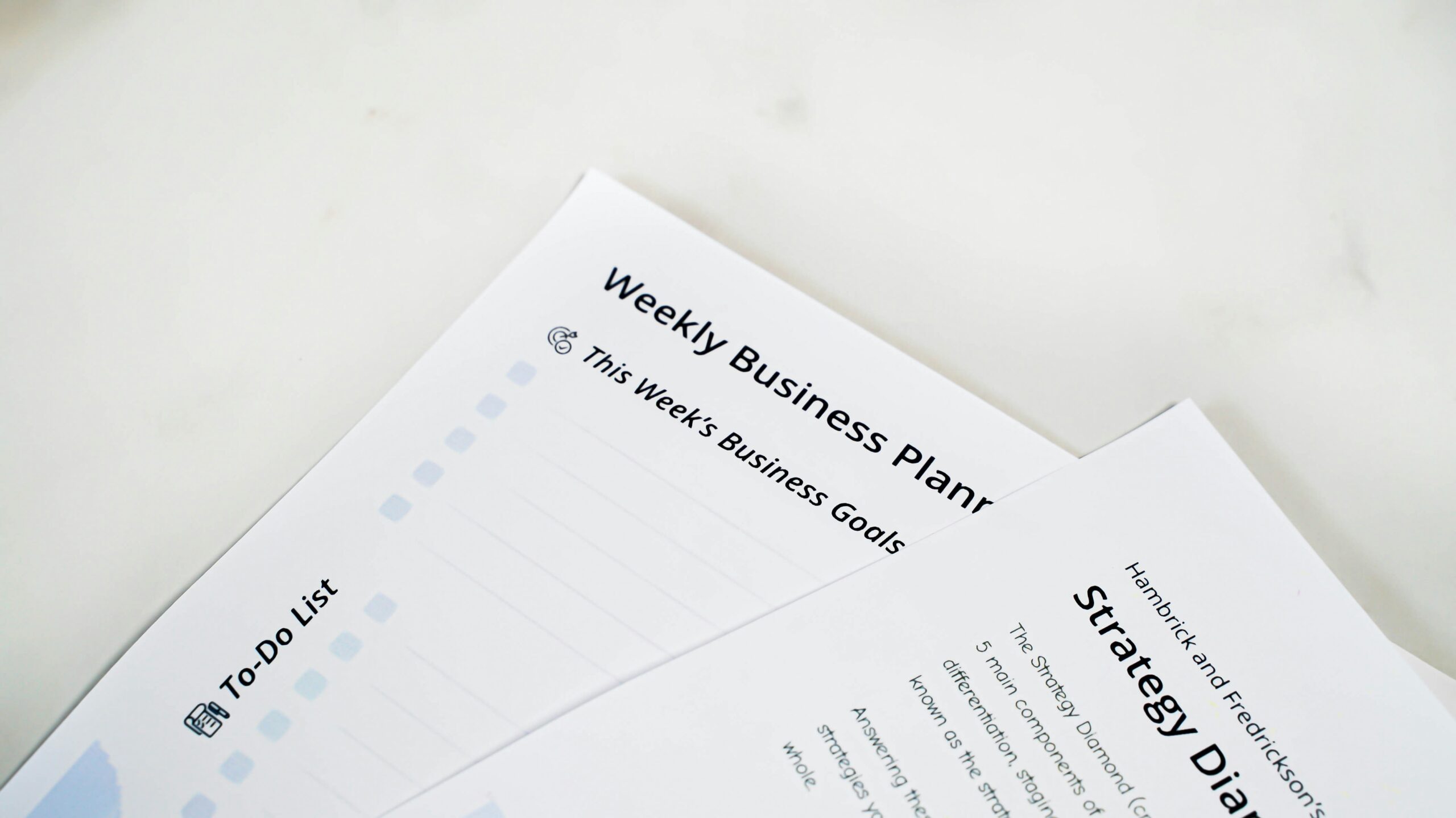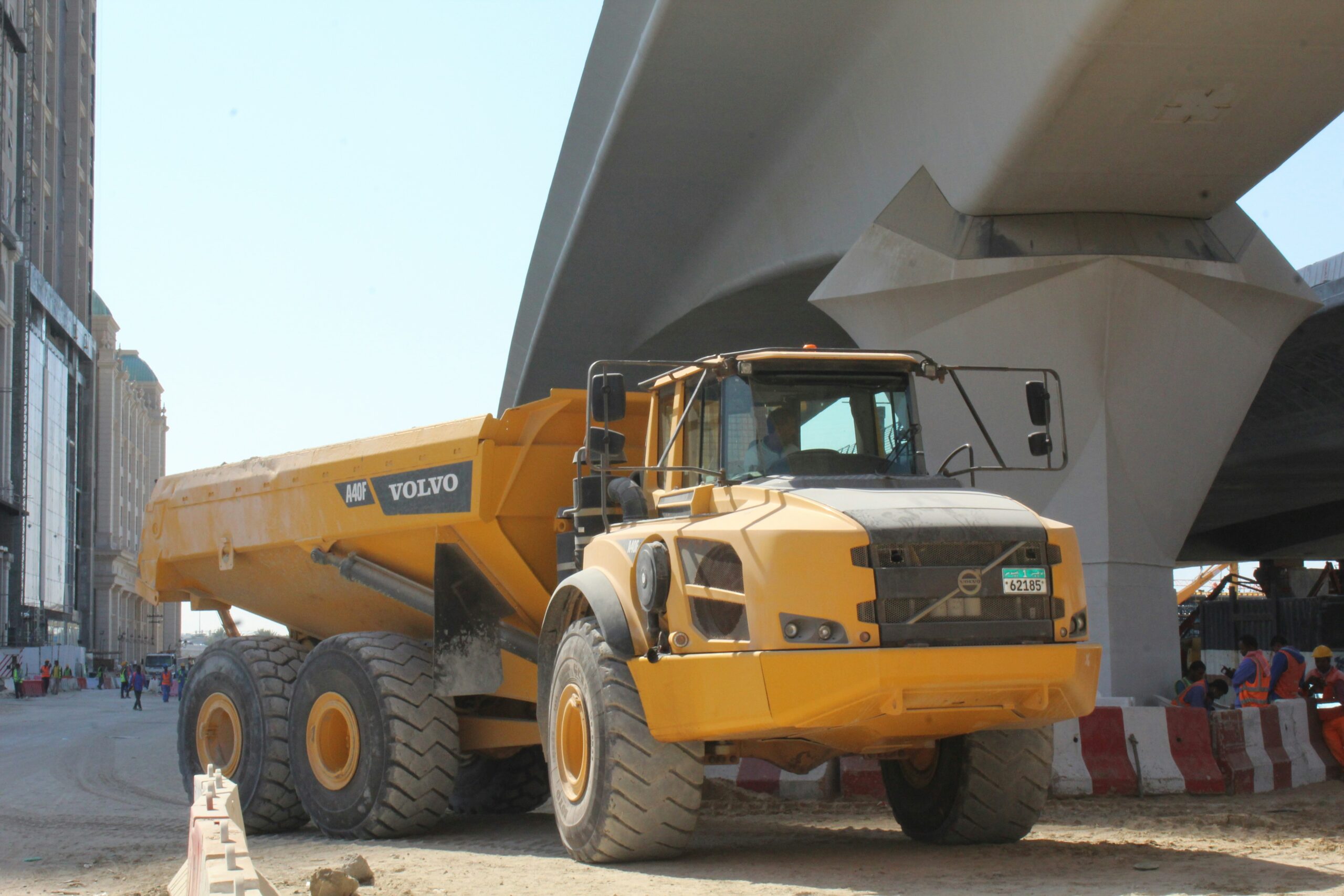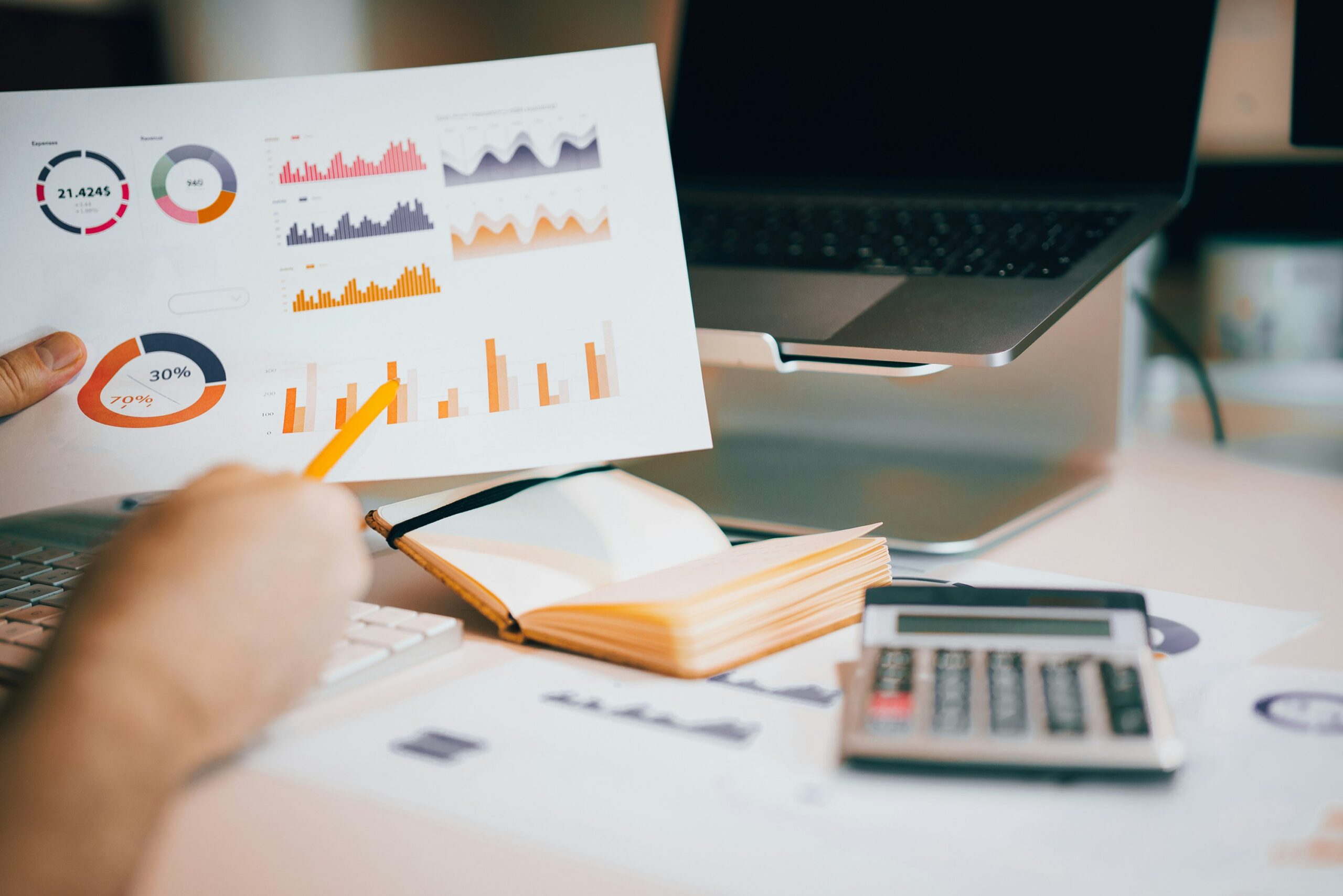When it comes to acquiring machinery, vehicles, or high-tech tools, not every business wants—or needs—to buy equipment outright. For many, equipment lease financing is a smart and flexible option that provides access to the gear needed for growth, without draining capital reserves. Business leaders can use equipment lease financing to manage costs effectively and align expenses with operational benefits, making it a strategic choice for companies looking to optimize their resources.
In this guide, we’ll explore what equipment lease financing is, how it compares to equipment loans, the different types of lease agreements available, how to evaluate lease vs. purchase decisions, and how a broker like Charter Capital can help you shop around for the best financing solution.
Whether you’re a startup managing cash flow or an established company trying to stay technologically current, understanding equipment finance and leasing can lead to smarter long-term decisions and results.
What Is Equipment Lease Financing?
Equipment lease financing allows businesses to access the equipment they need by making regular payments—usually monthly—to a financing company that owns the asset during the lease term. The equipment being leased is considered an asset, and its ownership remains with the financing company until the end of the lease. Unlike buying equipment with a loan, leasing doesn’t always result in ownership of the asset at the end of the term (unless specified).
This leasing arrangement functions similarly to renting, but with some key financial advantages. Many lease agreements offer end-of-term options, such as purchasing the asset at a predetermined price, renewing the lease, or simply returning the asset.
How Equipment Lease Financing Works

The process begins with a business identifying the equipment it needs—whether it’s commercial equipment, construction machinery, computers, trucks, or medical devices. Instead of paying the full price upfront, the business enters into a lease agreement with a financing company, which purchases the equipment on its behalf.
The business then agrees to pay a fixed monthly amount over a specified period (typically 12 to 72 months). Once the lease ends, several options may be available, depending on the type of lease.
This model allows companies to obtain expensive equipment with no or low down payment, preserving working capital and improving budgeting through predictable payments.
Equipment Lease Financing vs. Equipment Loans
Understanding the differences between equipment lease financing and equipment loans can help businesses choose the best path forward:
| Feature | Equipment Lease Financing | Equipment Loan |
| Ownership | Financing company owns the equipment | Business owns equipment after payoff |
| Down Payment | Often not required | Usually requires 10–20% down |
| Monthly Payments | Generally lower than loan payments | Higher monthly payments |
| End-of-Term Options | Return, renew, or purchase | Equipment is owned |
| Tax Benefits | Lease payments may be deductible | Interest and depreciation may be deductible |
| Obsolescence Risk | Lower—easier to upgrade | Higher—you’re stuck with outdated tools |
From an accounting perspective, equipment lease payments are typically treated as operating expenses, making the accounting process simpler compared to equipment loans. Loans, on the other hand, require businesses to record the asset and related depreciation according to accounting standards, which can be more complex.
Types of Equipment Lease Agreements

Choosing the right lease structure is essential. Here are the most common types of equipment leases:
1. Fair Market Value (FMV) Lease
Also known as an “operating lease,” this option allows the business to return the equipment at lease-end, renew the lease, or purchase the equipment for its current market value.
- Best for: Equipment that becomes obsolete quickly (e.g., technology or medical devices)
- Pros: Lower monthly payments; flexible upgrades
- Cons: No ownership unless purchased at end
2. Dollar Buyout Lease
This “$1 buyout” lease allows the business to purchase the equipment for just $1 at the end of the lease term.
- Best for: Businesses that plan to keep equipment long-term
- Pros: Builds equity; predictable path to ownership
- Cons: Higher monthly payments
3. Fixed Purchase Option Lease
Allows the business to purchase the equipment at a predetermined price at lease-end (e.g., 10% of original cost). These leases often come with fixed rates, so your payments remain consistent and provide predictable costs over the lease term.
- Best for: Businesses that may want to own equipment eventually, but aren’t certain
- Pros: Clear purchase terms
- Cons: May not reflect actual value at lease end
Types of Equipment That Can Be Financed
One of the greatest advantages of equipment financing is its versatility—businesses across industries can finance nearly any type of business equipment essential to their operations. Whether you need office furniture, medical devices, farm machinery, commercial ovens, or the latest computer hardware and software, equipment finance solutions are designed to help you acquire the tools you need to succeed.
Equipment financing isn’t limited to just new equipment. Many lenders and equipment finance companies also offer financing solutions for used equipment, giving businesses more flexibility to choose assets that fit their budget and operational requirements. This means you can finance vehicles, technology, production equipment, and other critical assets without tying up your working capital.
By financing equipment, companies can preserve cash for other business needs, invest in growth opportunities, and keep their operations running smoothly with up-to-date tools and technology. Whether you’re looking to upgrade your fleet of vehicles, add new machines to your production line, or invest in specialized tools, equipment financing provides a practical solution to keep your business moving forward.
When Does Equipment Leasing Make Sense?
Leasing is a strategic tool for businesses that want to manage risk, preserve capital, and maintain flexibility. It’s a great option if:
- Your business has limited upfront capital or needs to preserve cash flow
- The equipment you need loses value quickly or requires frequent upgrades
- You’re uncertain whether the equipment will be needed long-term
- You want to simplify budgeting with fixed monthly payments
- You want to reduce maintenance costs, which are sometimes covered in lease agreements
Ultimately, the decision to lease should be based on the unique situation of your business, taking into account your specific needs and circumstances.
Calculating the Cost of Leasing vs. Buying

Before committing to a lease, it’s critical to compare it with the cost of buying. Acquiring business equipment is an important investment decision—whether you lease or buy, you are investing in your company’s future operations and financial strategy. Here’s how to break it down:
Key Considerations:
- Total lease payments over time vs. purchase price + interest from a loan
- Tax deductions on lease payments vs. depreciation with ownership
- Usage life of the equipment (will it still be valuable when owned?)
- Maintenance and service costs
- Resale value if you own it after use
You can use a simple formula to compare:
Total Lease Cost = Monthly Lease Payment × Lease Term + End-of-Term Buyout (if applicable) Total Loan Cost = Purchase Price + Interest – Tax Deductions + Maintenance Costs
While lease payments may be lower month-to-month, loans may be more cost-effective in the long run—especially if you plan to keep the equipment for years.
The Importance of Down Payment in Equipment Leasing
When considering equipment leasing, the down payment is a key factor that can influence your overall financing strategy. Typically, a down payment is a percentage of the equipment’s total cost—often ranging from 10% to 25%—that you pay upfront. Making a larger down payment can reduce the amount you need to finance, resulting in lower monthly payments throughout the lease term.
However, many equipment finance companies understand the importance of conserving cash flow for business owners. That’s why some offer 100% financing options, allowing you to lease equipment with little or no down payment required. This can be especially beneficial for businesses looking to maintain liquidity and allocate cash to other areas of their operations.
When evaluating your financing options, it’s important to consider how the down payment will impact your monthly payments, total cost of the lease, and your business goals. A lower down payment may mean higher monthly payments, but it can also free up cash for other investments. On the other hand, a higher down payment can reduce your financing costs over the life of the lease. Carefully assess your financial position and choose the down payment option that best supports your business’s long-term success.
Benefits of Equipment Lease Financing
Organizations of all sizes can benefit from equipment lease financing, as it allows them to maintain flexibility, manage costs, and upgrade equipment without ownership commitments.
There are several reasons businesses choose leasing over traditional loans:
- Preserve Working Capital: No large upfront purchase required
- Predictable Monthly Costs: Easier to budget and plan
- Flexible Terms: Choose what works best for your business
- Access to Newer Equipment: Upgrade every few years without commitment
- Potential Tax Benefits: Lease payments may be fully deductible
- Maintenance Savings: Some leases include service contracts
Potential Drawbacks to Consider
While leasing has many benefits, it’s not always the perfect fit:
- Higher Total Cost: Over time, leasing may cost more than buying
- No Equity: You don’t build ownership unless you buy at the end
- Early Termination Penalties: Breaking a lease can be costly
- Usage Limits: Some leases restrict how much the equipment can be used
End-of-Term Options for Equipment Lease
As your equipment lease term comes to an end, you’ll have several options to choose from—each with its own advantages depending on your business needs and the useful life of the equipment. One popular choice is the fair market value (FMV) purchase option, which allows you to buy the equipment at its current fair market value. This is ideal if you want to keep the equipment but only if it still holds significant value for your operations.
Another common end-of-term solution is the fixed purchase option, such as the $1 buyout, where you can purchase the equipment for a predetermined price—often just a dollar. This option is attractive for businesses that know they want to own the equipment long-term and want a clear path to ownership.
Some lease agreements also include an early buyout option, giving you the flexibility to purchase the equipment before the lease term officially ends. This can be a smart move if your business’s needs change or if you want to take advantage of favorable market conditions.
It’s essential to review your lease agreement carefully to understand which end-of-term options are available and how they align with your business strategy. Consider the equipment’s useful life, your long-term business goals, and the total value you’ll receive from each option. By selecting the right end-of-term solution, you can ensure your equipment financing strategy continues to support your company’s growth and operational efficiency.
How to Shop Around for the Best Equipment Lease Financing

Not all lease agreements are created equal. Follow these steps to ensure you’re getting the best deal:
1. Know What You Need
Clarify what type of equipment you need, how long you’ll use it, and how it will impact your operations.
2. Get Multiple Quotes
Compare rates and terms from banks, direct lenders, and lease brokers. Most lenders have specific requirements or terms, such as down payments or equipment appraisals, so review these carefully. Pay attention to:
- Interest rate, as it can vary significantly and is affected by current market conditions
- Lease length
- End-of-term options
- Fees and maintenance terms
Lease financing options from traditional banks often come with more restrictions and less flexibility compared to alternative lenders, which can be an important consideration for small to mid-sized businesses.
3. Understand the Fine Print
Ask about penalties, insurance requirements, repair responsibilities, and buyout terms.
4. Evaluate Total Cost of Ownership
Look beyond monthly payments. Estimate the full cost over time, and consider resale value if ownership is on the table.
How a Broker Can Help You Navigate Equipment Lease Financing
A trusted equipment finance broker like Charter Capital can help you:
- Work closely with clients to understand their unique needs and provide tailored financing solutions
- Compare multiple lenders and leasing companies
- Negotiate better rates and terms
- Find lease structures tailored to your business goals
- Match your credit profile with the right funding partner
- Avoid hidden fees and restrictive clauses
With extensive experience in the industry, brokers can support clients through various business cycles and offer creative solutions to streamline the equipment acquisition process. Instead of applying to lenders one by one, working with a broker streamlines the process and gives you access to exclusive offers you may not find on your own.
Is Equipment Lease Financing Right for You?
If your business wants flexibility, lower upfront costs, and the option to upgrade or return equipment down the road, then equipment lease financing may be a smart choice. It’s especially valuable for companies in industries like:
- Construction
- Manufacturing
- Transportation
- Technology
- Healthcare
- Food Service
Selecting the appropriate lease structure can help your organization achieve better financial and operational outcomes. The right lease can empower your business to scale efficiently without taking on too much risk—or locking up valuable capital.
Next Steps Toward Securing an Equipment Lease

If you’ve decided that equipment lease financing is the right move for your business, it’s time to take clear, strategic steps toward securing the best lease terms possible. Here’s how to move forward with confidence:
1. Assess Your Equipment Needs
Start by defining the type, quantity, and specifications of the equipment you need. Consider:
- How long you’ll need the equipment
- Whether technology or usage demands frequent upgrades
- If the equipment will generate revenue or increase efficiency
Having clear requirements will make it easier to choose the right lease structure and avoid overpaying for unnecessary features.
2. Review Your Financial Position
Take a look at your business credit score, cash flow, and revenue history. Lenders and lessors will review this information when evaluating your application. If your credit is less-than-perfect, a broker may be able to connect you with more flexible lenders.
Be sure to consult with your tax and accounting professionals to ensure the lease structure aligns with your financial objectives and to understand any tax or accounting implications.
Documents to gather in advance may include:
- Business financial statements
- Recent tax returns
- Bank statements
- Equipment quotes or invoices
3. Determine the Right Lease Type
Choose a lease structure that aligns with your business model:
- FMV Lease if you want flexibility and the option to upgrade or return the equipment
- Dollar Buyout Lease if you plan to keep the equipment long-term
- Fixed Purchase Option Lease if you want predictable ownership costs at lease-end
A broker can help you compare these options side-by-side to match your goals.
4. Compare Offers from Multiple Lenders
Don’t accept the first lease offer you receive. Shop around or work with a trusted broker to get:
- Competitive monthly payments
- Favorable end-of-term options
- Minimal fees and flexible terms
- Support for your industry and equipment type
Make sure to understand the fine print, including early termination fees, mileage or usage limits, and maintenance requirements.
5. Apply and Get Pre-Approved
Once you’ve chosen the best option, submit your application with all required documentation. Many lenders offer pre-approvals within 24–72 hours, helping you move quickly once you’ve made a decision.
6. Finalize the Lease Agreement
Review the lease contract thoroughly before signing. Ask questions about any unclear clauses, and ensure you’re comfortable with:
- Payment schedule and term length
- Buyout options and pricing
- Service or maintenance provisions
- Any insurance or liability responsibilities
Once finalized, your equipment can be delivered and put to use—often within days of approval.
7. Keep in Touch with Your Lender or Broker
Throughout the lease term, stay in contact with your financing partner. If your needs change—whether you want to upgrade, extend, or buy out early—a good partner will work with you to find a flexible solution.
Get Expert Help With Equipment Finance & Leasing
At Charter Capital, we specialize in equipment finance and leasing solutions that are tailored to your business—not just your credit score. Our senior vice president oversees the equipment finance division, ensuring expert guidance throughout the process.
Our in-house staff manages all aspects of the leasing process, providing personalized service to every client. Whether you’re just starting out or expanding rapidly, we’ll help you access the capital you need while protecting your bottom line.
Call us today at 480-874-5402 or contact us here to get started with your search.

